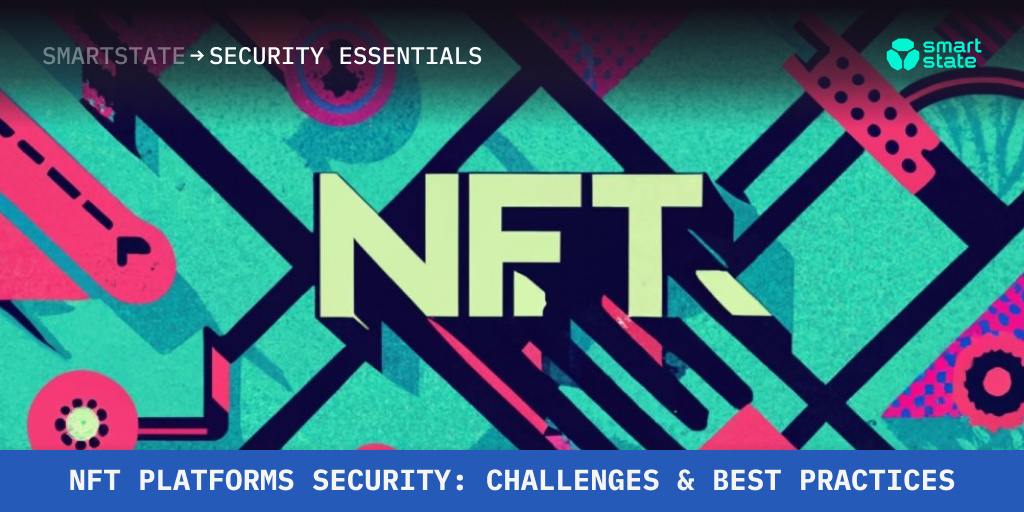NFT Platforms Security: Challenges and Best Practices
The NFT market takes up a considerable area in today's crypto industry. Having passed through the stage of "pure" digital art, the non-fungible token technology has found its applications and seems to be firmly entrenched in various areas of business. The interest of investors, crypto tech specialists and users in NFT projects is contributing to the growth and development of the industry as a whole. But despite the fact that the technology can be called relatively well-established, security issues of NFT platforms are still faced by many projects.
This article highlights common types of NFT platform security issues, as well as a few best practices to help achieve higher security levels.
Security Risks of NFT Platforms
Most of the security risks for NFT ecosystems are related to the underlying and "parent" blockchain ecosystem. Still, there are some inherent industry-specific characteristics.
Generally, the risks can be categorized into technical, social engineering, and regulatory challenges.
- In the tech field, a major challenge is the security of smart contracts. The entire NFT industry is actually built and operates on them, so safety of the logic and code behind the platform is one of the main priorities.
- Also of note in the technical realm is the protection of metadata and the non-fungible token content itself. This includes measures aimed at protecting NFT data and content from malicious modifications.
- Another factor in technical security is the ability of the platform to scale, avoiding bugs and vulns resulting from infrastructure growth.
- Social engineering and sensitive data leaks, scams and frauds based on tricking NFT users and holders are the second most important layer of threats to the NFT ecosystem. This threat is taking a serious toll on the industry. Everyone can recall at least 1-2 cases of theft of a valuable NFT asset based on manipulation of its holder.
- Finally, the 3rd part of the threats relates to platform compliance with regulatory requirements. Non-compliance with specific measures and requirements of regulators can cause sensitive losses to a project.
Several Security Best Practices
We've listed the key working practices which implementing them into workflows will improve the security of NFT platforms. These are:
- Audits, bug bounty and safe code. As far as technical security is concerned, it is hard to imagine security without smart contract audits. Bug bounty will also be useful here. As a base for writing smart contracts, we recommend paying attention to community-recognized safe templates - for example, from OpenZeppelin.
- Encrypt data and don't put all your eggs in one basket. Encrypting sensitive data is like audits for code - an acknowledged necessity. Also, use decentralized solutions to store the data.
- System monitoring. To respond quickly to threats, it's essential to keep a finger on the pulse and monitor the system continuously for suspicious activity.
- Multi-factor authentication. A necessary solution to make the job harder for attackers.
- User awareness. The popularity of social engineering scams indicates that educating users about possible ways to be scammed is essential. Site and app notifications, social media and blog posts will increase the vigilance of the platform's users.
Conclusion
In this article, we've outlined common security challenges and best practices for protecting non-fungible tokens platforms. As the industry evolves, there may well be new security challenges, but the basis for high security level remains the same: constant attention and vigilance.

